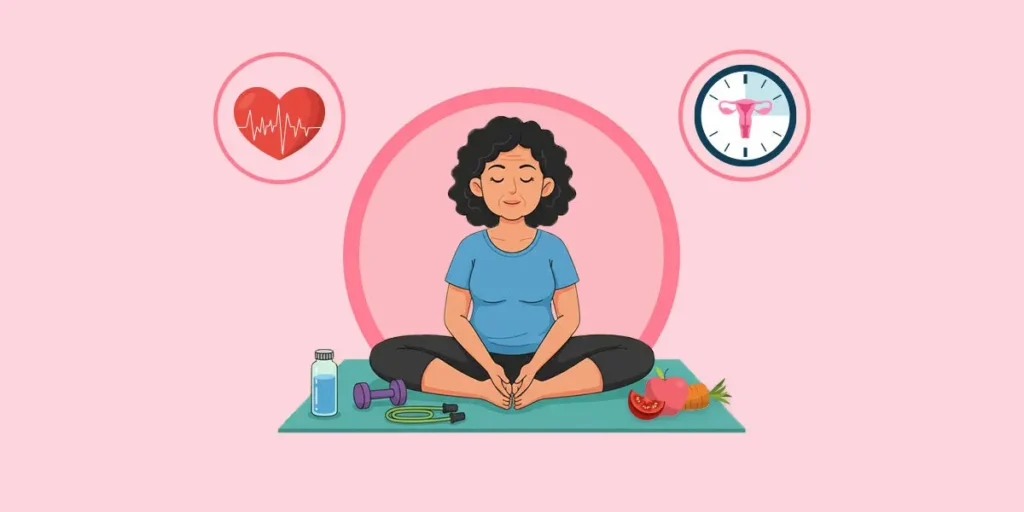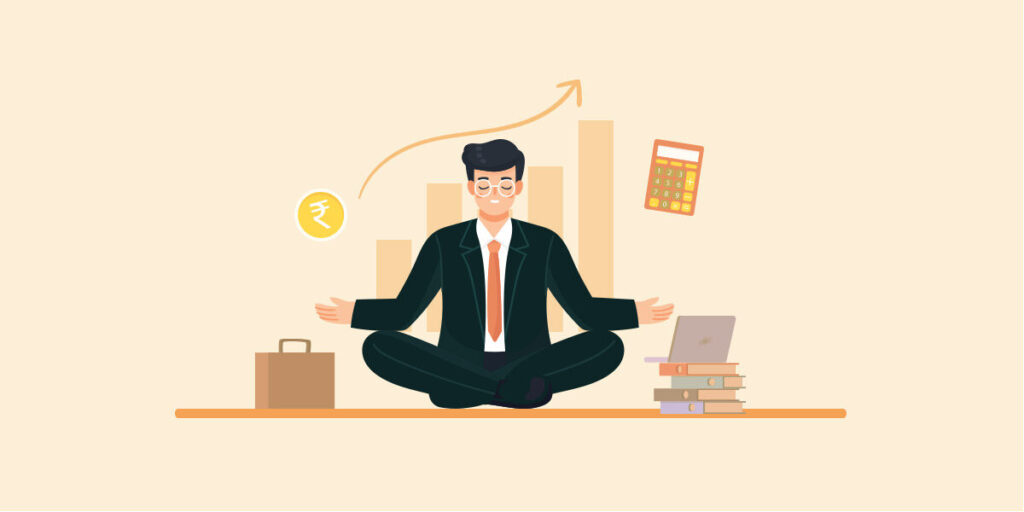We all can agree that in the current scenario, it’s almost impossible to avoid screens, right? Whether you are a student or a corporate employee, digital screens have become an integral part of our lives. From smartphones and laptops to tablets and televisions, we are surrounded by devices that constantly engage our attention.
But the question is “Is it healthy?“, “How much screen time is too much?” and “What is the ideal amount of screen time for maintaining good health?”
In this blog, we’ll explore together how much screen time is healthy, the risks of excessive screen usage, and practical tips on how to reduce screen time effectively because your health matters.
The Rise of Screen Time in Our Lives

With the advancement of technology, screen time has dramatically increased over the past decade. You feel like getting bored, “let’s watch a movie” has become the ultimate solution. Whether for work, leisure, or socialising, people are spending more time in front of screens than ever before.
The average screen time per day for adults has skyrocketed, with many spending upwards of 6-8 hours a day on various digital devices. For children, the numbers can be even higher, especially with the increasing use of devices for entertainment and education.
Healthy Screen Time is Variable
Humans weren’t created initially to work on screens, but we did adapt to screens very well so the ideal amount of screen time can vary from person to person based on age, lifestyle, and needs. Experts recommend guidelines to maintain a healthy balance.
If we go through The American Academy of Pediatrics (AAP) recommendation they suggest that children aged 2 to 5 should have no more than 1 hour of screen time each day, shocking right. For children over the age of 6 and adults, screen time should be limited and balanced with other activities to promote overall well-being.
For adults, there isn’t a specific “one-size-fits-all” number, but many health experts agree that excessive screen time can lead to several negative physical and mental health effects. The key is moderation and ensuring that screen time doesn’t take away from sleep, physical activity, and face-to-face social interactions.
The Risks of Too Much Screen Time

Excessive screen time can lead to a range of health problems, including:
- Eye Strain and Fatigue: Prolonged screen time can lead to digital eye strain, causing symptoms like headaches, dry eyes, blurred vision, and neck or back pain. This is often referred to as “computer vision syndrome.”
- Sleep Disruptions: Spending too much time on screens, especially before bedtime, can interfere with the production of melatonin, a hormone that regulates sleep. This can lead to poor sleep quality, increased stress, and lower energy levels the following day.
- Physical Health Problems: Sitting for long periods without movement can result in poor posture, weight gain, and even cardiovascular issues.
- Mental Health Effects: Spending too much time on social media or engaging in negative online content can contribute to stress, anxiety, and depression.
- Reduced Productivity: Excessive screen use can reduce productivity and focus, especially when it leads to multitasking or distraction.
How to Reduce Screen Time and Maintain a Healthy Balance
Reducing screen time is not about completely cutting off technology, but about finding a healthy balance. Here are some practical tips to help you manage your screen time:
- Set Specific Screen Time Limits: Track your screen time using apps like Screen Time (iOS) or Digital Wellbeing (Android). Setting daily limits for social media, browsing, or gaming can help you stay mindful of how much time you’re spending on devices.
- Take Regular Breaks: Follow the 20-20-20 rule: Every 20 minutes, take a 20-second break and look at something 20 feet away. This helps prevent eye strain and gives your body a chance to move.
- Prioritise Face-to-Face Interactions: Instead of texting or emailing, consider meeting up with friends or colleagues in person. This can help strengthen your relationships and reduce the time spent staring at screens.
- Create Screen-Free Zones: Designate areas in your home, such as the dining table or bedroom, where screens are not allowed. This promotes more family time, relaxation, and better sleep hygiene.
- Use Technology to Your Advantage: Use apps that help you manage your screen time effectively. Apps that can block distracting websites and keep you on track.
- Engage in Physical Activities: Make sure to balance your screen time with physical activities like walking, yoga, or outdoor exercises. This helps reduce the negative effects of sedentary behaviour.
The Bottom Line: How Much Screen Time Is Too Much?

There’s no universal answer to how much screen time is too much, but ideally a person should not exceed a continuous screen time of 2 hours. Breaks in between a continuous screen time session are must. The key is to be mindful of the time spent on screens and to prioritise other activities that contribute to a well-rounded, healthy lifestyle. When in doubt, ask yourself: Is this screen time adding value to my life?
If you find yourself spending more time than you’d like on devices, consider taking small, manageable steps to reduce your screen time. Whether it’s setting time limits, taking regular breaks, or engaging in more face-to-face interactions, reducing screen time can have a significant positive impact on your health.
By finding a healthy screen time balance, you can protect your physical and mental well-being while still enjoying the benefits of technology.
Words of advice for you

Every person have different situation and need in their life. For some people its totally important to sit in front of screen while for some it became a habit or maybe even an addiction.
At Habuild, we believe that yoga and meditation helps one to develop a sense of control over their body. Yoga builds a sound environment within a person’s mind that help them recover not only physically but also psycho-socially too. Therefore, the best way to start your yoga journey is at Habuild. Join the Free 14 Days Online Yoga Classes and unlock your path towards wellness.






